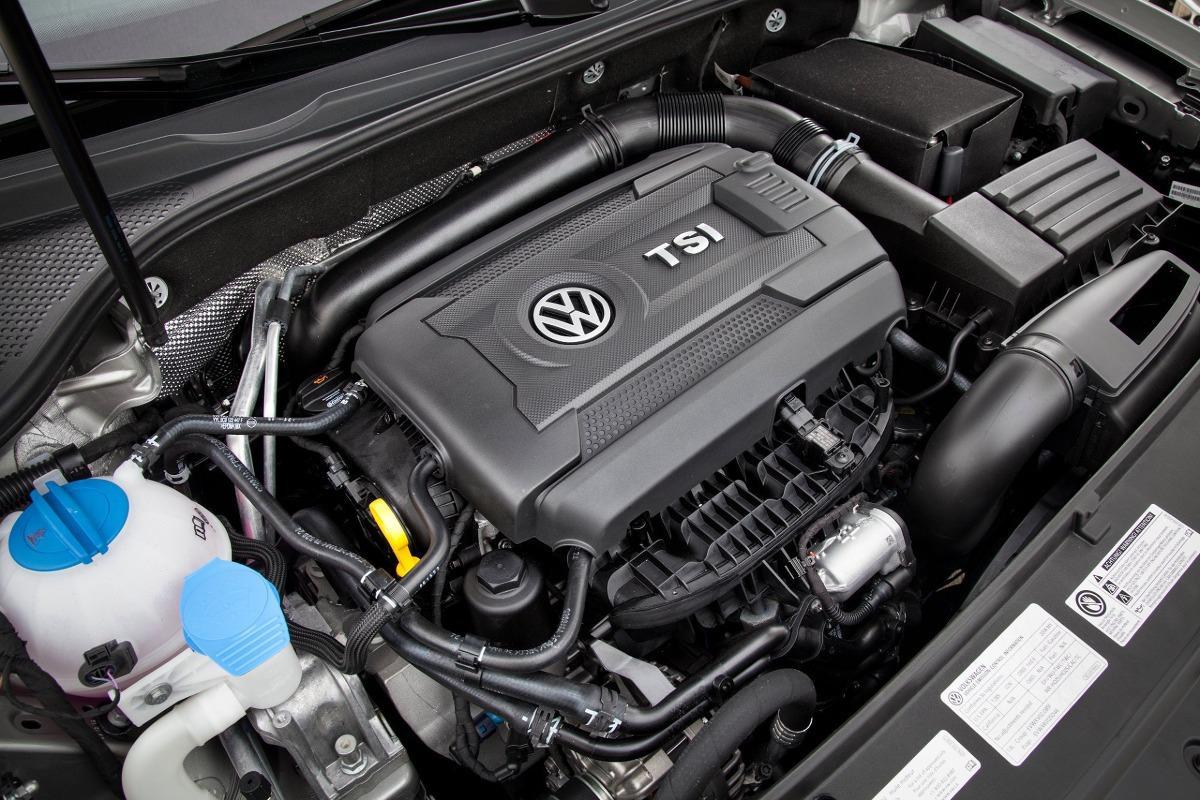
Adjustable lubrication
 The efficiency of the oil pump, which increases with speed, means that the lubrication system cannot use all the oil. The oil pressure must be limited.
The efficiency of the oil pump, which increases with speed, means that the lubrication system cannot use all the oil. The oil pressure must be limited.
 In a classic lubrication system, a mechanical control valve is used for this purpose, which opens when a certain pressure level is exceeded. The disadvantage of this solution is that, despite the reduced pressure, the oil pump continues to operate at full capacity. In addition, pumping oil through a control valve requires the release of energy, which is converted into unnecessary heat.
In a classic lubrication system, a mechanical control valve is used for this purpose, which opens when a certain pressure level is exceeded. The disadvantage of this solution is that, despite the reduced pressure, the oil pump continues to operate at full capacity. In addition, pumping oil through a control valve requires the release of energy, which is converted into unnecessary heat.
The solution to the problems that arise with this method of regulating the pressure in the lubrication system is a pump that can create two different pressure levels. The first, lower, dominates the system up to a certain speed, beyond which the pump switches to a higher range. Thus, the lubrication system receives exactly the amount of oil that is necessary to maintain the correct oil pressure in it.
The oil pressure is controlled by changing the pump output. It consists in the axial displacement of the pump gears geared outward. When they are exactly opposite each other, the efficiency of the pump is the highest. The axial displacement of the wheels causes a decrease in the efficiency of the pump, since the amount of oil pumped depends on the size of the working surface of the mating parts of the wheels.
In an engine adjusted in this way, the oil pump uses an additional second sensor that registers a lower pressure level, which simultaneously checks whether there is pressure in the lubrication system. An example of such powertrains are upgraded versions of the 1,8L and 2,0L TFSI four-cylinder engines with timing chain drive.